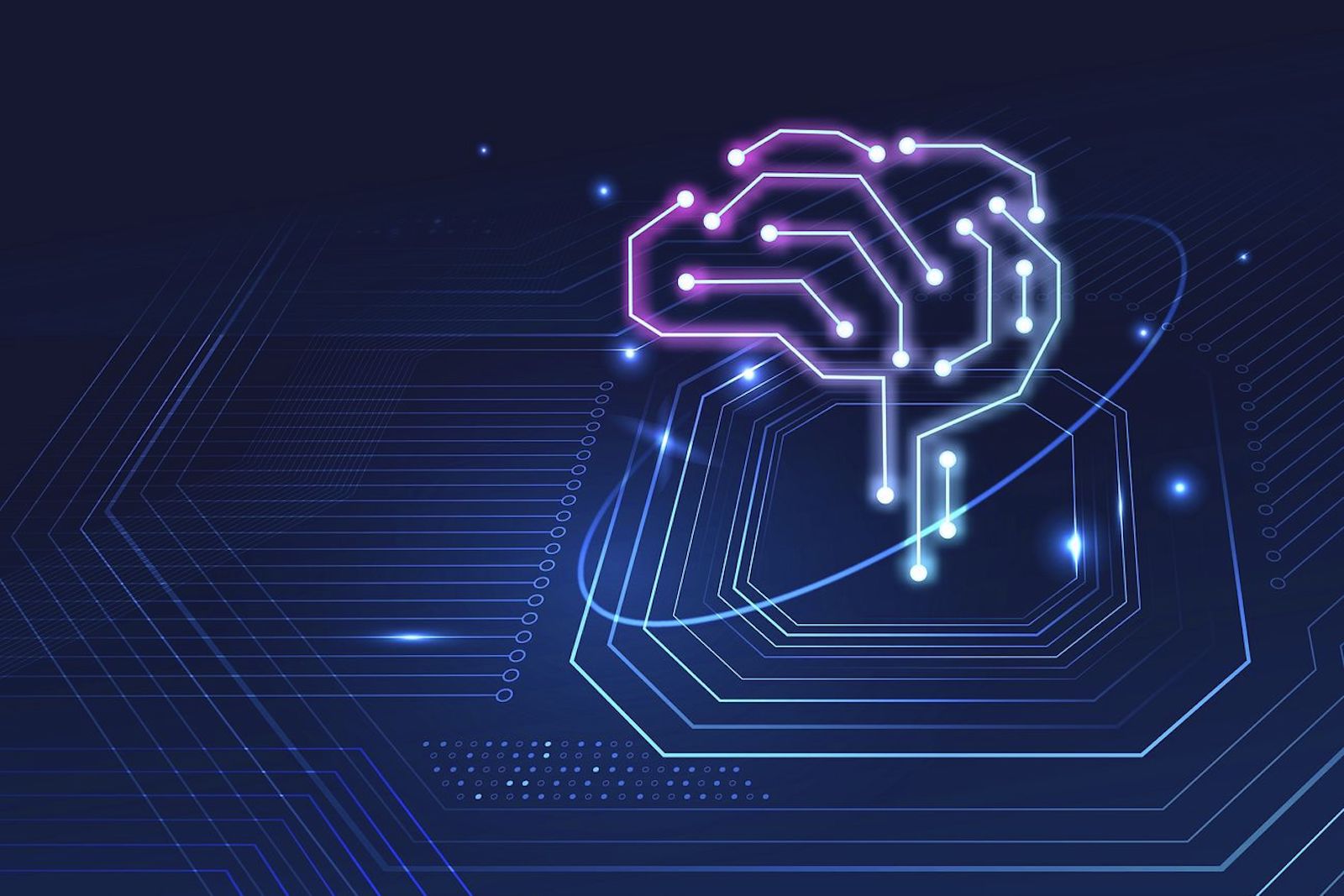KEY TAKEAWAYS:
--AI and actionbots will break through bottlenecks that can lead a high percentage of callers to drop a connection.
--In call centers, where annual employee turnover can be 100%, generative AI will help get new employees up to speed quickly.
--Actionbots will move AI beyond conversational capabilities to actively executing tasks and streamlining workflows.
----------
The true potential of AI extends far beyond just cutting expenses. The holy grail for businesses, especially in the insurance sector, is the ability to drive top-line growth.
Emerging technologies, particularly generative AI and actionbots, are at the forefront of this trend. It means that call centers will no longer be viewed as cost centers but an opportunity to turn these hubs of customer interaction into revenue generators.
Instead of navigating through a maze of menu options or waiting on hold, customers can interact with AI that will better understand natural language, ask relevant questions and upsell and cross-sell products. The AI will not only streamline the quote-and-buy process but also offer a more tailored and satisfying experience for the customer, increasing the likelihood of conversion and loyalty.
Let's take a deeper look at how technologies like generative AI and actionbots can transform the customer experience.
Breaking Bottlenecks
The typical customer phone call for obtaining quotes and finalizing purchases in the insurance sector is often cumbersome. It's riddled with multiple steps, from gathering detailed information like addresses and VIN numbers, and hobbled with the intricacies of legacy systems and compliance requirements. The inability to capture all necessary information during the initial call further complicates the process.
This complexity frequently results in high drop-off rates. It's not uncommon for conversion rates, even after a caller successfully reaches an agent, to hover in the single-digit percentages. Such inefficiencies not only frustrate potential customers but also represent significant missed revenue opportunities for insurance companies.
To put this into perspective, even a marginal improvement in conversion rates can have a profound impact on an insurer's bottom line. For instance, consider an insurance company that fields 20 million calls annually. If agents typically achieve conversion rates exceeding 80% once they engage with a caller, a mere 1% increase in initial conversion can unlock an additional 160,000 potential customer interactions.
By leveraging the capabilities of generative AI and actionbots, insurance companies can simplify these interactions, reduce drop-offs and capitalize on these previously untapped opportunities.
Leveraging Generative AI
For the call center, annual employee turnover can exceed 100%, leading to significant knowledge gaps and missed opportunities. However, generative AI can act as a force multiplier for new agents, regardless of their tenure. Instead of relying solely on traditional training methods, agents can be assisted in real time by AI systems that offer suggestions, prompts and insights tailored to address customer queries effectively. This not only accelerates the onboarding process but also ensures consistent service quality, even from those who've been on the job for a few weeks.
The power of generative AI lies in its ability to process vast amounts of domain-specific information, such as call logs, emails and product details. This deep understanding minimizes errors or "hallucinations" and ensures the delivery of relevant and accurate information to both agents and customers.
While traditional AI models often struggle with creating natural-sounding content or handling unstructured data, generative AI excels at these challenges. It offers a level of personalization and adaptability previously unattainable, making interactions feel more genuine and tailored to individual customer needs. This means going beyond the typical chatbot experience, which can often feel mechanical and not be responsive.
Another benefit of generative AI is stateful memory, which is about retaining and recalling information from previous interactions. Imagine a scenario where a customer doesn't have to repeat their details or query during subsequent calls. This not only saves time but also eliminates a significant pain point for customers, fostering loyalty and trust.
Actionbots
Actionbots represent the next evolution in AI, moving beyond mere conversational capabilities to actively executing tasks and streamlining workflows. It's not just about answering questions anymore; it's about engagement and tangible actions that enhance the customer experience.
A key to actionbots is pre-built integrations. An insurance company can rely on hundreds of systems, such as for CRM, ERP, billing and RPA, but actionbots can seamlessly weave themselves into those systems, ensuring that data flows smoothly and that tasks are executed efficiently. This integration becomes especially crucial when dealing with processes like quotes and purchases, which often require coordination across multiple platforms.
Here are some of the practical uses for actionbots:
- Fulfill reactive tasks: This involves automating requests from customers, such as password resets, updating address information and adding a newborn. It's critical to have prebuilt integrations that are connected to user inquiries.
- Get recommendations: Drawing from customer profiles and past interactions, actionbots can suggest additional services or products. For instance, after analyzing a customer's auto insurance details and driving habits, the actionbot might recommend adding roadside assistance or collision coverage. Or it could suggest something like: "Did you know you could save 20% on your premiums if you use a tracking system for your mileage?"
- Use automated content generation and workflows: Drafting FAQs or knowledge-based articles can be time-consuming. Actionbots, however, can analyze patterns in customer queries and autonomously generate content that addresses common questions. This not only ensures that customers have access to up-to-date information but also reduces the workload on human agents. Actionbots can automate complex workflows, such as adding an insured to a policy, selecting more coverage and adding a new vehicle. You can build these actionbot workflows by using no-code and low code, via drag and drop. You can even use a natural language prompt for this, such as, "First, update the CRM with the new profile and then add this to the billing database."
Conclusion
AI technologies, from generative AI to actionbots, will reshape the way insurance companies operate, engage with their customers and drive growth. The shift from viewing AI merely as a cost-cutting tool to recognizing its potential in driving top-line growth marks a significant evolution in business thinking.
The integration of AI into the very fabric of insurance operations, from call centers to CRM systems, anticipates challenges, breaks bottlenecks and delivers solutions even before the customer realizes they need them.
The future of the insurance industry is one where AI plays a central role, not just as a back-end tool but as a front-facing partner. As the industry continues to evolve, those companies that embrace and integrate these technologies will undoubtedly lead the way, setting new standards for customer engagement, operational efficiency and business growth.






